You’ve probably already read or heard somewhere that the inspiration for Grayson Perry’s current series of Reith Lectures on Radio 4 was none other than Lynda Snell. (I wonder if she knows.) What a coup for the establishment network, the home service, the epitome of right thinking and professional excellence. Here’s a cross-dressing potter from Essex, who revels in outrageous outfits and shockingly frank, message-ridden pots and tapestries about sex abuse and class warfare, daring to admit not just that he listens to The Archers but that he also takes his cue from Lynda’s determination to have someone (or something) from Ambridge installed on the Fourth Plinth in Trafalgar Square.
When he heard about Lynda’s campaign, says Perry in the first of his lectures, he realised that contemporary art had entered the mainstream, that it was no longer ‘a little backwater cult’. But what if the mainstream is inherently about bad taste? What if being popular implies being liked by the 36 per cent of people who think of culture as ‘dinner and a show’? What does that say about the artist? And how much does art need to be cutting-edge to be ‘art’?
You could say that Perry’s own credentials as a provocateur have been undermined by his willingness to take on Reith’s mantle — except that he’s probably the most inspired choice of speaker since Daniel Barenboim. I’m still not quite sure what to make of him after listening to three of the lectures (the fourth, as I write, has still not been recorded). Why, for instance, does he insist on appearing as Claire, that unsettling, clown-like persona, when he’s sharp enough and witty enough to carry off the performance as Grayson Perry? Why is he still so desperate to stand out among the rubbish (one of his tests for what turns a piece of work into art is if you notice it on the rubbish dump)?
Who knows? And perhaps it doesn’t matter. His passion for his subject, his desire to communicate it and his lack of pretension drive away all reservations. Perry was giving his talks to large and raucous audiences (in London, Liverpool and Derry city) but listening at home was like being in a room with him and asking him questions yourself. His delivery was so immediate, his enthusiasm so infectious, his relish of sharp phrases and cartoonish quips like a wake-up call on how to think.
In his first talk last week he asked ‘Who tells us if something is good?’ Is it the artists themselves, or the critics, the collectors, or the curators, who select works for exhibition in museums and galleries. Perry reckons that it’s the curators who have most power. They’re ‘the popes of the art world’. They dole out the brownie points and decide who is worth exhibiting, what is ‘of museum quality’. But how does the artist reach this point of acceptance? How do you get selected for exhibition?
Perry asks a lot of questions, without necessarily providing the answers. There’s such a tension, he says, between what is popular and what is good. He doesn’t, for instance, think much of Cézanne’s ‘The Card Players’, which at $250 million is currently the most expensive painting in the world (paid for last year by the Kingdom of Qatar). Does that make it popular or good? Or has it just become another capitalist commodity? Perry’s favourites have always been the Victorian history painters like William Frith and George Hicks; great tableaux of life, of social comment, with gorgeous frocks. As a student, liking these pillars of the establishment made him stand out, turned him into a contrary geek. But, now they’ve come back into fashion, what should he think of them? Even Perry is confused.
If you were hoping to hear him denounce Hirst, Emin, Ofili and company, you’ll be disappointed. He does declare, ‘I like very little contemporary art — most of it is rubbish,’ but he is ever so careful not to mention any names when he says this. We gather he doesn’t think much of David Hockney’s last exhibition, but he doesn’t say why (although later he talks about artists who acquire more and more studio assistants and who become less and less attached to their art). He mentions Tracey Emin, but only to remind us that she’s now supporting the Tories. Pause for a giggle. As for ‘The Shark’, it looks ‘a bit moth-eaten’ these days, says Perry.
He’s not, though, in the business of denunciation or opinion. He wants us all to feel confident enough to make our own judgments. In his second talk this week, he gives us eight tests, or limits, to what art can be (in a photograph, for instance, if they’re smiling it’s probably not art). He suggests that we should be beating the bounds, as if the art world were a medieval parish and we the parishioners setting the boundaries. But Perry is very reluctant to set those boundaries for us. Not like Reith, perhaps, but definitely in the spirit of Reith.
Got something to add? Join the discussion and comment below.
Get 10 issues for just $10
Subscribe to The Spectator Australia today for the next 10 magazine issues, plus full online access, for just $10.
You might disagree with half of it, but you’ll enjoy reading all of it. Try your first month for free, then just $2 a week for the remainder of your first year.

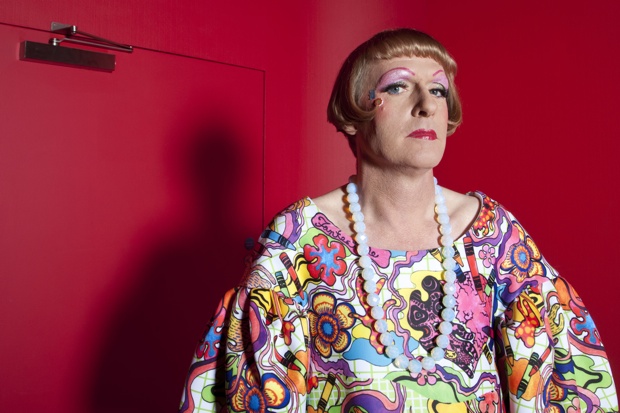
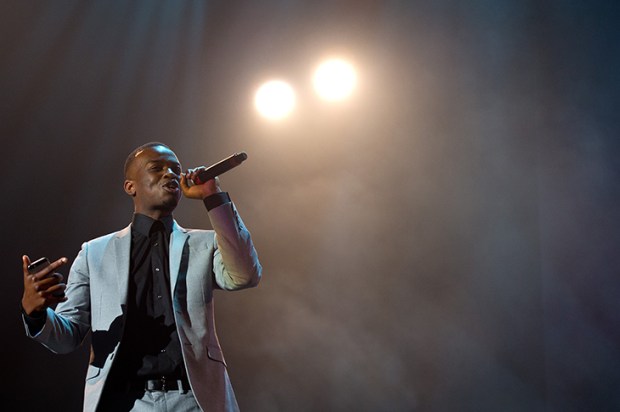
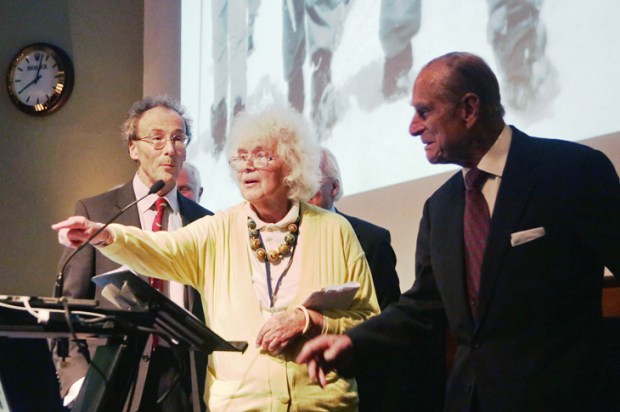
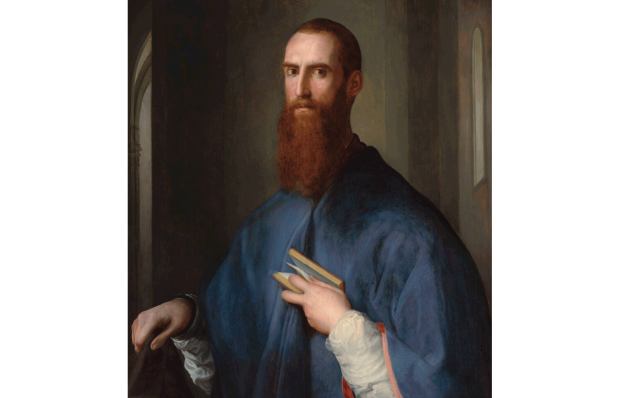
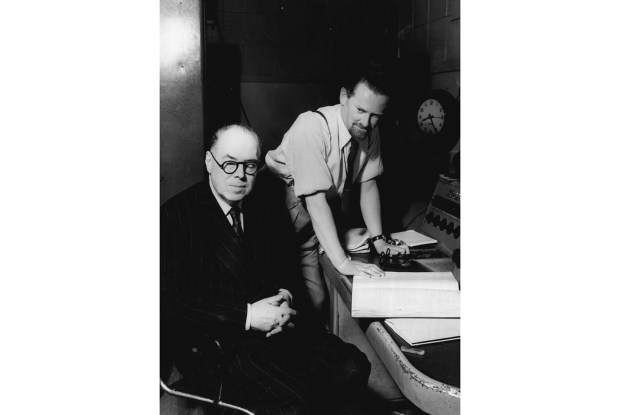
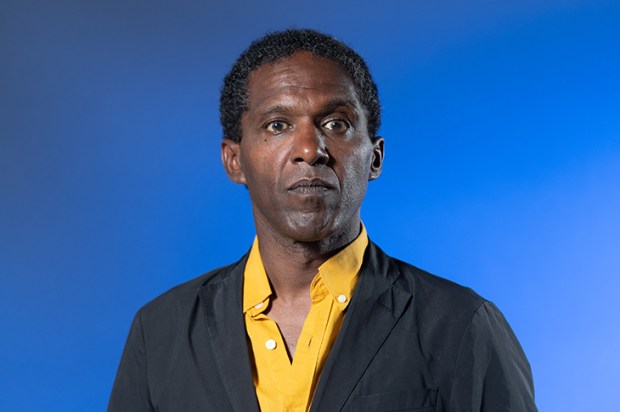







Comments
Don't miss out
Join the conversation with other Spectator Australia readers. Subscribe to leave a comment.
SUBSCRIBEAlready a subscriber? Log in